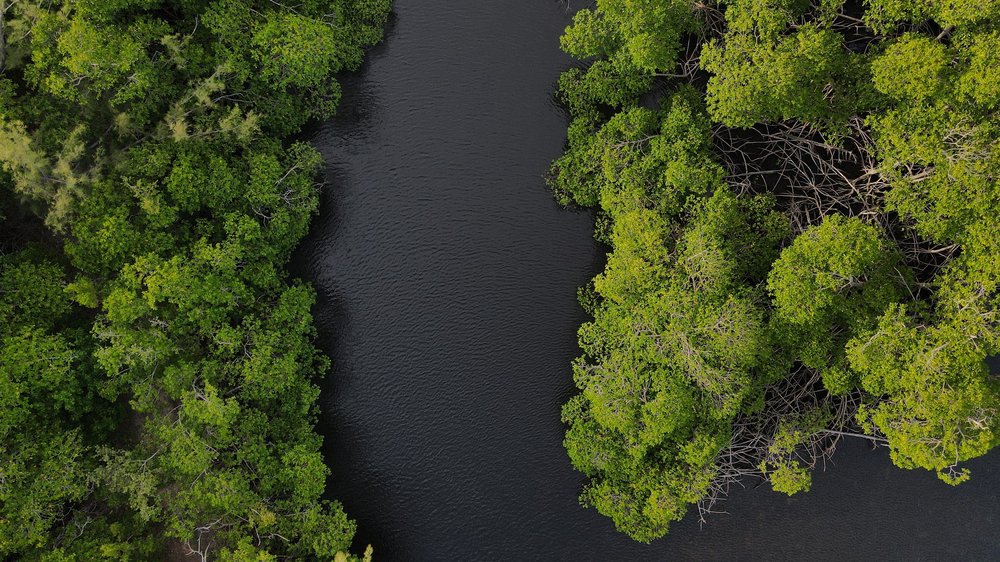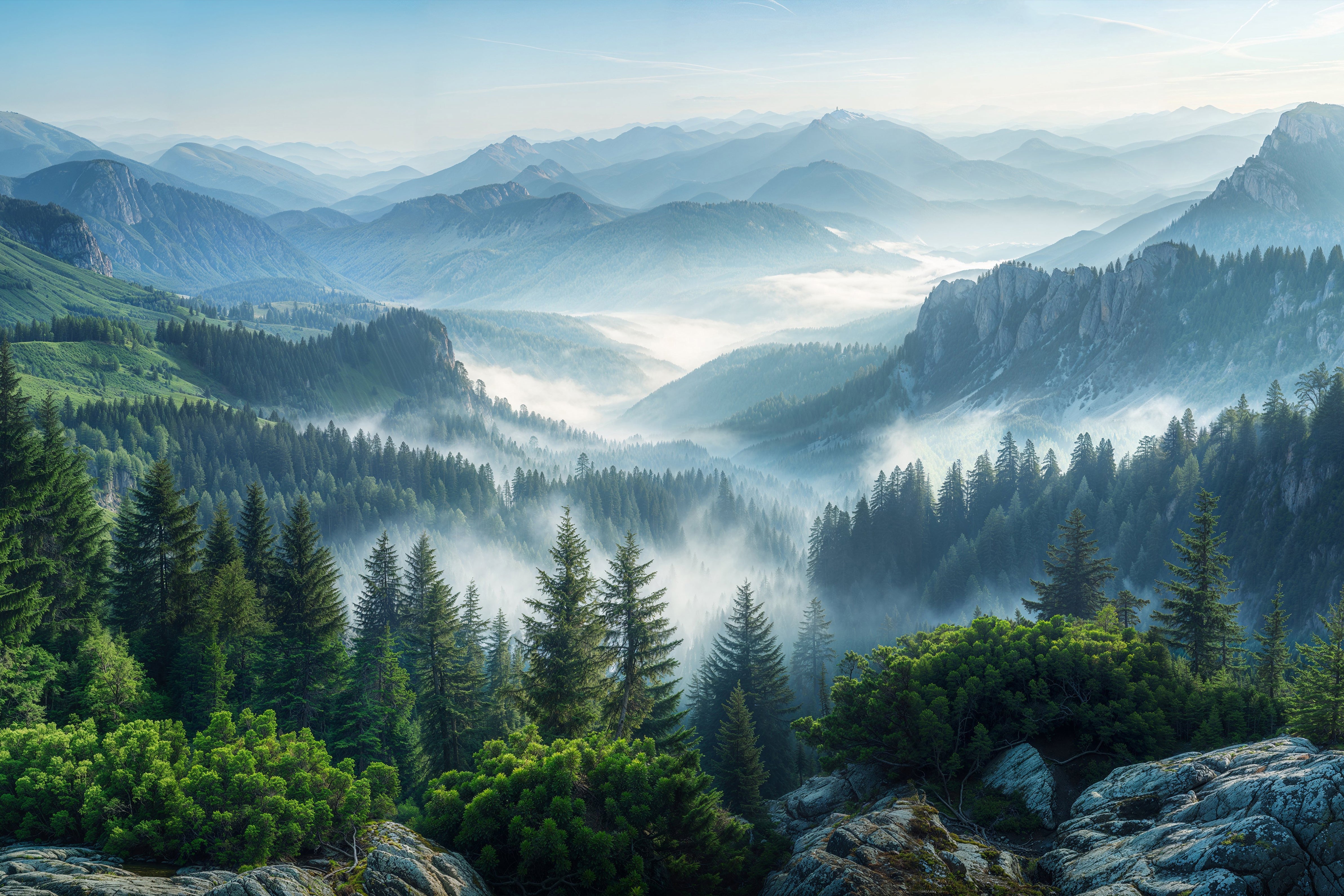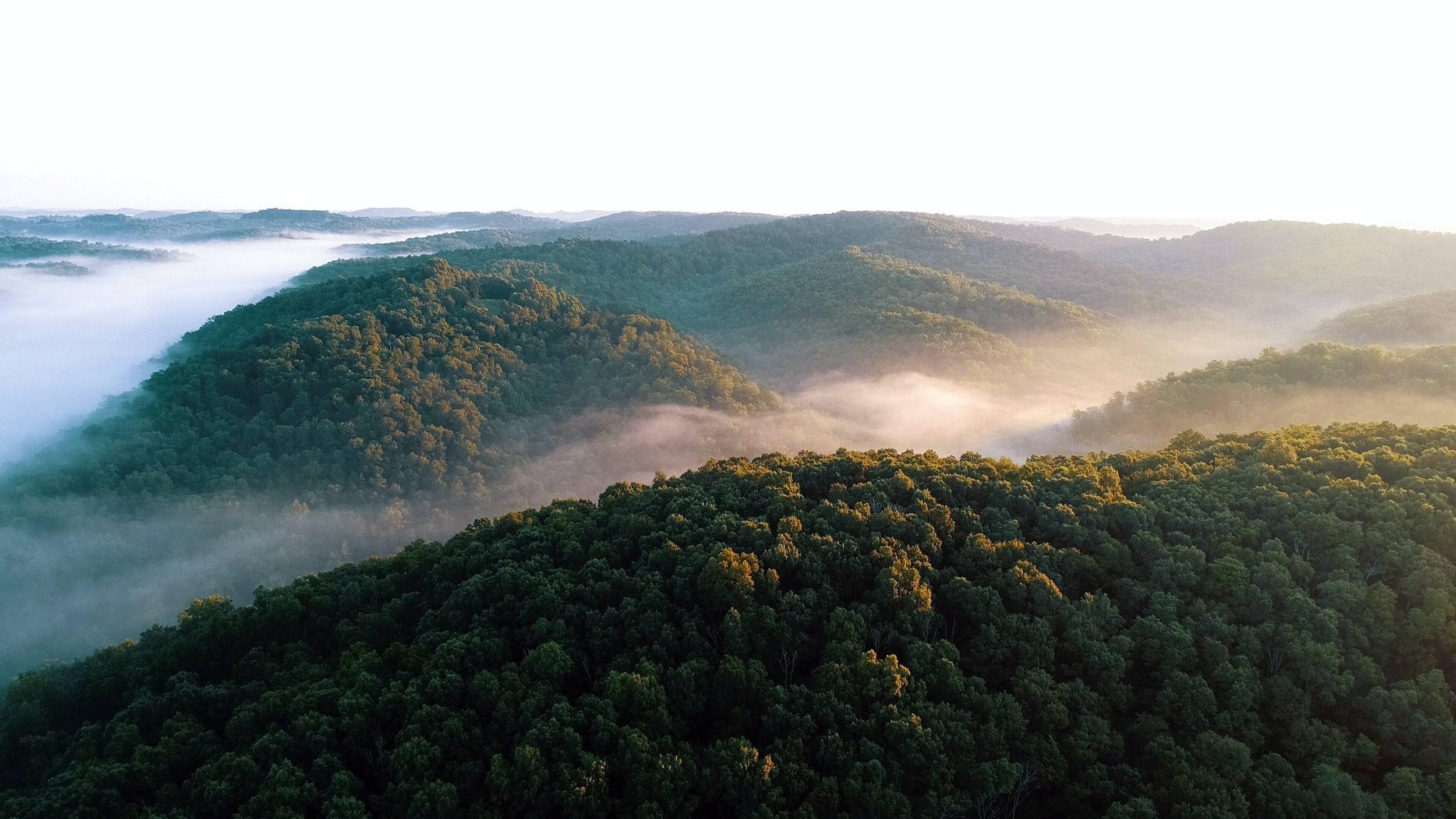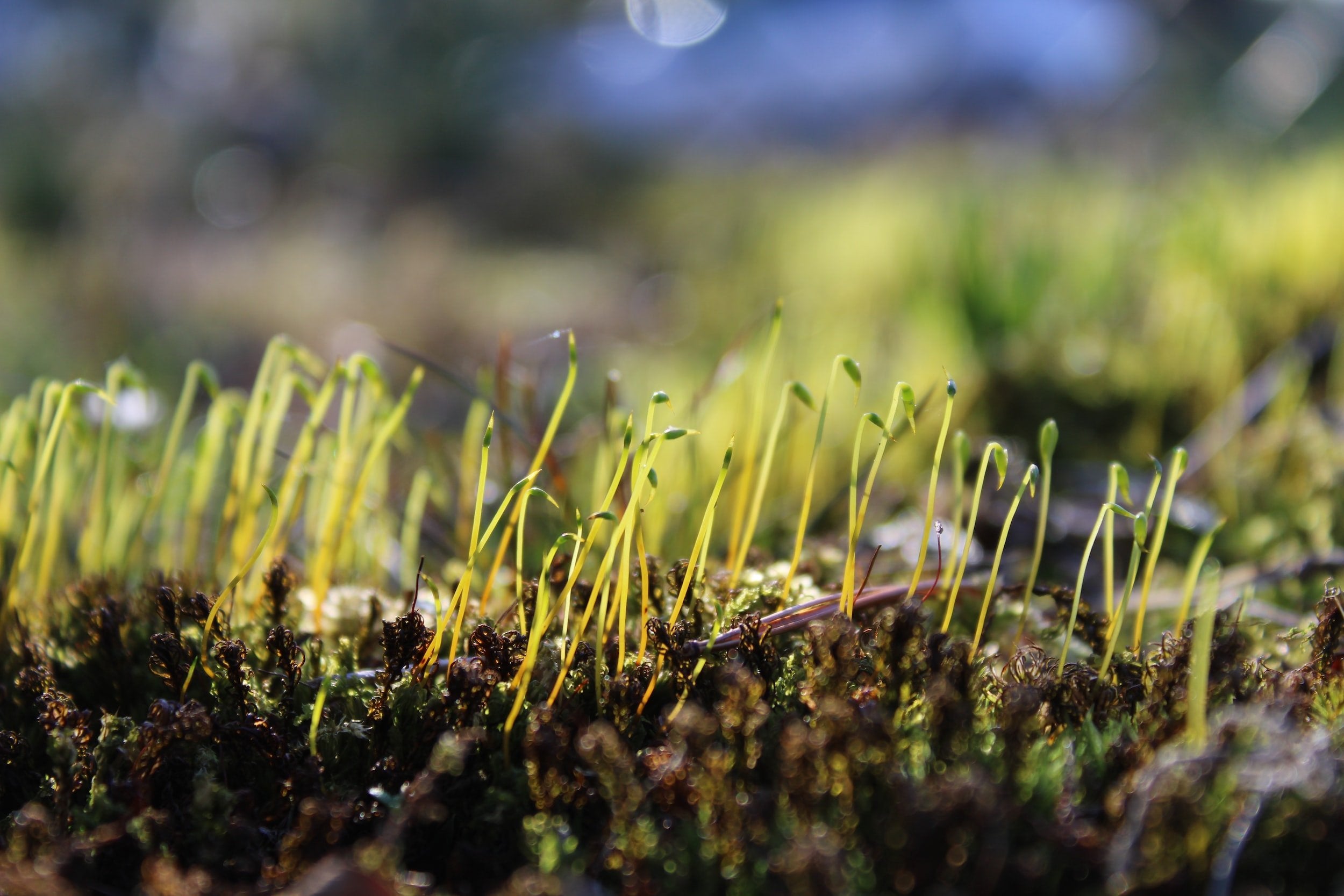
SAVANNIZATION
Close to 20% of Amazon rainforest has been lost. As the forest is reduced and fragmented, its ability to cycle water and generate rain into the dry season is diminished.
If the dry season is longer than 4 months, the jungle trees die and are replaced by savanna. Parts of Amazon have now changed. Globally, losing 25% of world forest cover is a catastrophic point, but we've lost almost 40%. Thus, more carbon is produced and released in the atmosphere.
“I DISCOVERED THAT EVERYTHING IS ALIVE. A LANDSCAPE IS ALIVE; THIS MOUNTAIN IS AS ALIVE AS I AM; ALL OF THESE TREES ARE AS ALIVE AS I AM.”
— Sebastião Salgado
“THE EARTH DOESN’T BELONG TO MAN, MAN BELONGS TO EARTH. ALL THINGS ARE CONNECTED LIKE THE BLOOD THAT UNITES US ALL.”
— Chief Seattle
TREE MIGRATION
Forests are not so rooted, so reliably placed, as we might think. Trees reproduce primarily through seed dispersal. In a stable environment, a forest might continue to regenerate in roughly the same location decade after decade. But, in a less friendly environment, the seedlings will not germinate. The only ones that will survive are those that happen to be carried northward, for example, or to a slightly higher elevation. As the climate changes in and around forests, seeds might succeed in places where they did not before or fail where they once succeeded. If this pattern continues, the forest will begin a slow journey in a new direction. That phenomenon is called tree migration.
ANTS
A planet without insects is not a functioning planet. Around 70% of crop species rely to some extent on insect pollination. Ironically, our global food production is in ascent, wiping out the very thing our food relies on. The decline is not just confined to insects. Wildlife has also been squeezed out as our agriculture has expanded much on earth habitable land. Today of all the birds 30% are wild, of all the mammals only 4% are wild.
FALSE SPRINGS
“False spring” refers to a period of weather in late winter or early spring, when temperatures are significantly above normal and extend for a period of time. As the climate changes, false springs are becoming increasingly normal. False springs are nothing to celebrate: These higher temperatures are negatively affecting the life cycles of both plants and animals. Plants and animals use the winter months to germinate and prepare for the rest of the year. Truncating the winter season leaves them vulnerable and at higher risk for sickness or death. False springs create uncomfortable situations for humans as well: The warmer weather triggers the early arrival of insects like mosquitoes and ticks. These spells of warm weather even mess with the economy. A false spring can ruin agricultural crops.








